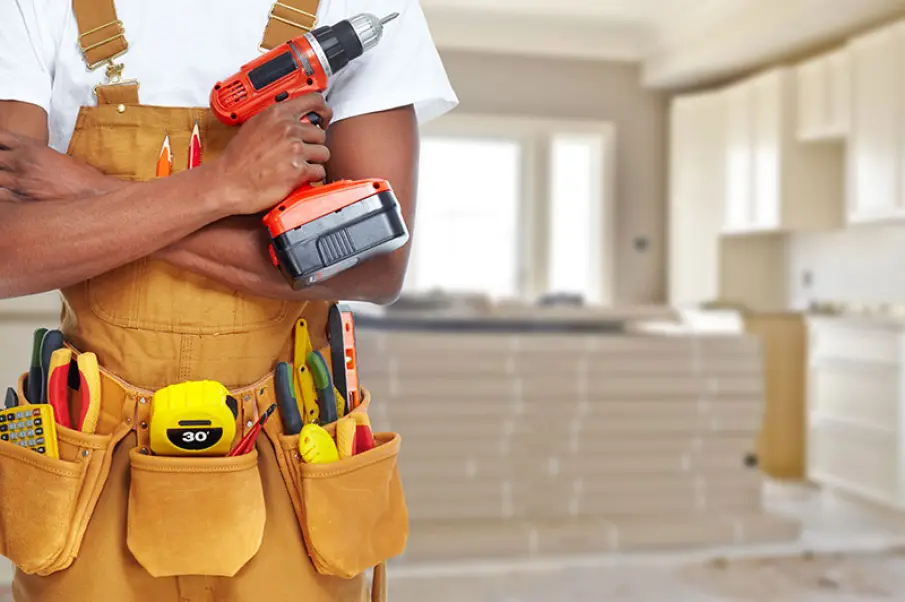Repairing the House

Basements, while often underutilized, are key to the overall health of a home. Hidden below ground level, they’re susceptible to a unique set of issues. Signs that something may be wrong include damp patches on walls, a persistent musty smell, or tiny cracks gradually widening over time. Efflorescence — a white, powdery residue — often signals water seepage. Mold thrives in moist, poorly ventilated areas, and structural concerns might be revealed through sloping floors or bowing walls. Regular inspections can help detect these issues early, before they become costly repairs.
Waterproofing your basement: methods and materials
A healthy basement is one that is dry. The source of the problem determines the best waterproofing technique. Existing moisture can be controlled with interior solutions including drainage systems and sealants. Installing vapor barriers and sump pumps is one way to lower humidity. Although they need more work, external techniques offer long-term protection. These include ensuring appropriate drainage grading, adding waterproof coatings, and excavating around the foundation. High-quality materials like bentonite clay, polymer-based membranes, and drainage mats can significantly improve a home’s defense against water intrusion. In spaces where waterproofing is followed by interior upgrades — such as a laundry area or a Bathroom Renovation — proper moisture control is essential to protect finishes and ensure long-lasting results.
Fixing basement cracks and structural repairs
Cracks in a basement’s foundation can signal a range of problems. While small surface cracks may simply result from concrete shrinkage, deeper or widening cracks may point to settling or hydrostatic pressure. Epoxy and polyurethane injections are commonly used to fill minor fractures. When larger structural issues are present, techniques like carbon fiber reinforcement or even steel beams may be necessary. If walls begin to bulge or floors slope noticeably, it's time to consult a structural engineer. Professional help ensures not only repair but also long-term stability.
Dealing with basement mold and moisture control
Moisture is the enemy of any finished basement. Once water infiltrates, mold can appear in as little as 24 to 48 hours. According to the EPA, indoor mold exposure can lead to respiratory problems, especially in children and the elderly. Key to prevention is controlling humidity, ideally keeping it below 60%. Installing a quality dehumidifier, fixing leaks promptly, and ensuring proper ventilation are all essential. If mold has taken hold, professional remediation ensures complete removal and prevents regrowth.
Upgrading basement insulation for energy efficiency
Insulating a basement doesn’t just enhance comfort — it also slashes utility bills. Poor insulation allows valuable heat to escape in winter and lets hot air creep in during summer. Closed-cell spray foam offers excellent moisture resistance and thermal performance, while rigid foam boards are a cost-effective alternative. For homeowners planning a full remodel, combining insulation with radiant floor heating can turn a once-cold basement into a cozy retreat. As an added bonus, well-insulated spaces are less prone to condensation and mold growth.
Basement flooring options for durability and style
Not all flooring is created equal — especially in basements. Moisture-resistant and durable materials are essential. Epoxy coatings offer industrial-grade strength and a sleek, modern look. Luxury vinyl plank (LVP) flooring balances aesthetics with practicality, resisting water and mimicking hardwood finishes. Porcelain tiles work beautifully in spaces like laundry rooms or guest bathrooms. For a more contemporary feel, polished concrete is both minimal and easy to maintain. Each option has distinct advantages, so consider both form and function when making your selection.
Essential tools and safety tips for DIY basement repairs
For those tackling basement upgrades on their own, preparation is everything. Tools like moisture meters, caulking guns, and utility knives should be staples in your toolbox. Equally important are safety essentials — gloves, safety goggles, and respirators — particularly when dealing with mold or harsh chemicals. However, some situations warrant stepping back. Structural fixes, electrical work, or large-scale water damage should always be left to professionals. Knowing your limits ensures both your safety and the quality of the repair.
Maintaining your basement to prevent problems in the future
Proactive maintenance is the best approach to maintain a basement problem-free. Keep an eye out for any new cracks, musty smells, or water accumulating. Gutter cleaning should be done twice a year, and downspouts should be spaced several feet from the foundation. In order to direct rainwater where it belongs, make sure your landscaping slopes gently away from your house. In areas with erratic weather patterns and high precipitation, a little attention to detail goes a long way toward safeguarding your investment. These preventive steps are especially important if you're planning a larger home renovation project that includes finishing the basement or expanding your living space.
Converting a repaired basement into usable living space
Once all repairs are completed, your basement holds incredible potential. Whether you're envisioning a media lounge, a home office, or an in-law suite, thoughtful planning is key. Pay close attention to lighting, layout, and comfort. Many homeowners consider adding a full bathroom to increase functionality — in such cases, professional services can make all the difference.
If you approach basement repairs as more than just patchwork — if you see them as part of a larger vision — you can unlock a new chapter in your home's story. Whether you're making space for family, adding value before a sale, or simply creating a quiet corner for yourself, the basement might just become your favorite room in the house.











